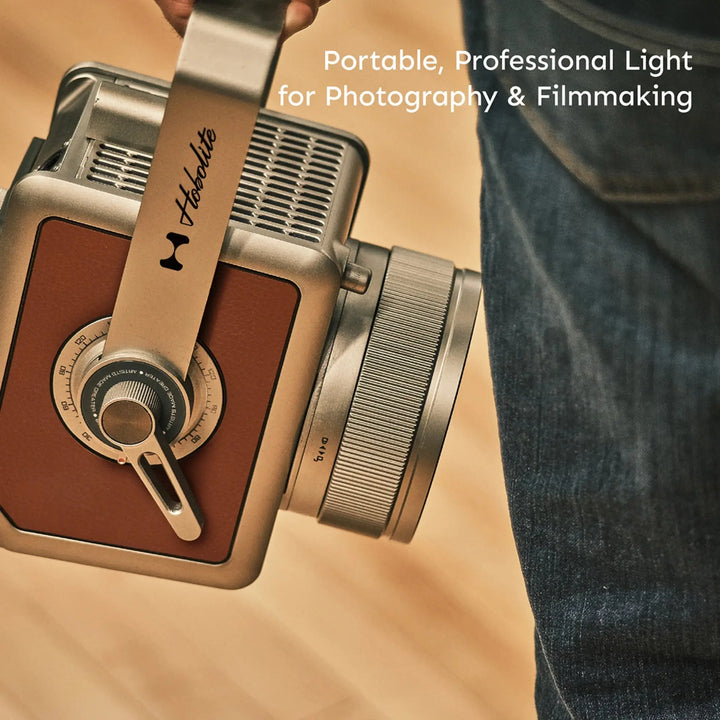Unlock the Secrets of Studio Lighting: Transform Your Photography Game!
Studio lighting plays a crucial role in photography, shaping the way images are captured and perceived. The right lighting setup can elevate an ordinary photo into a stunning visual masterpiece, highlighting details, enhancing textures, and creating mood. Whether you are a professional photographer or a hobbyist, understanding the importance of lighting is essential for achieving the best results in your work. In this article, we will explore the various studio lighting options available, diving deep into their functions, benefits, and how you can effectively use them to enhance your photography skills. From the basics of studio lighting to more advanced techniques, this guide aims to equip you with the knowledge you need to illuminate your subjects beautifully.

Understanding Studio Lighting
Studio lighting refers to the artificial light sources used to illuminate a subject in a controlled environment, such as a photography studio. The primary purpose of studio lighting is to create the desired exposure, mood, and atmosphere in photographs. Lighting can dramatically influence how an image is perceived; it can evoke emotions, emphasize certain features, and add depth and dimension. For instance, soft lighting can create a serene and flattering effect, while harsh lighting can produce dramatic shadows that enhance texture. Understanding how to manipulate light effectively is what sets great photographers apart from the rest. It’s not just about illuminating the subject; it’s about crafting a visual narrative through light.
Types of Studio Lighting
When it comes to studio lighting, there are several types that photographers commonly use, each serving a unique function in the overall lighting setup. The key light is the primary source of light, responsible for illuminating the subject and creating the overall exposure. The fill light works alongside the key light to soften shadows and reduce contrast, ensuring that no part of the subject is overly dark. Backlight, or rim light, is positioned behind the subject to create a sense of depth and separation from the background, while hair light is focused on the subject’s hair, adding shine and dimension. Each type of light plays a vital role in achieving a balanced and visually appealing photograph, allowing photographers to sculpt the light to match their artistic vision.
Continuous Lighting vs. Strobe Lighting
Two primary categories of studio lighting are continuous lighting and strobe lighting. Continuous lighting provides a constant light source, allowing photographers to see how the light interacts with the subject in real-time. This type is particularly advantageous for beginners or those working with video, as it simplifies the exposure process. However, continuous lighting typically generates more heat and can be less powerful compared to strobe lighting. On the other hand, strobe lighting, or flash, emits a brief burst of light, which can freeze motion and produce sharper images. While it requires more understanding of exposure settings and syncing, strobe lighting is a powerful tool for creating high-quality, dynamic photographs. Each has its advantages and disadvantages, making them suitable for different photography styles and situations.
Lighting Modifiers and Their Uses
Lighting modifiers are essential tools that help shape and control the quality of light emitted from your studio lights. Common modifiers include softboxes, umbrellas, and reflectors. Softboxes diffuse the light, creating a softer, more flattering illumination that reduces harsh shadows and highlights. This is especially useful for portrait photography, where even skin tones are desired. Umbrellas, on the other hand, can either reflect or diffuse light, offering versatility in how the light is cast on the subject. Reflectors are used to bounce light back onto the subject, filling in shadows and enhancing highlights without adding additional light sources. Mastering the use of these modifiers allows photographers to manipulate light creatively, resulting in more polished and professional-looking images.
Creating a Lighting Setup
Setting up a basic studio lighting arrangement requires careful consideration of light positioning and the balance of exposure. Start by positioning your key light at a 45-degree angle to your subject, slightly above head height. This allows the light to create dimension and shape on the subject’s face or body. Next, add your fill light on the opposite side, adjusting its strength to ensure it softens shadows without overpowering the key light. For backlighting, place the light behind the subject to create a halo effect, enhancing depth. Finally, check your camera settings and adjust accordingly to achieve the desired exposure. Balancing these elements can take practice, but experimenting with different setups will help you discover what works best for your style and subjects.
Mastering Studio Lighting Techniques
In conclusion, understanding the various types of studio lighting and their applications is fundamental for anyone looking to enhance their photography skills. From the key light and fill light to the thoughtful use of modifiers, each element contributes to creating stunning and impactful images. Remember, the key to mastering studio lighting lies in experimentation—don’t be afraid to try different setups and techniques. With practice, you will develop your unique style and approach to lighting, ultimately transforming your photography game. Embrace the power of light and watch as your images elevate to new heights!







